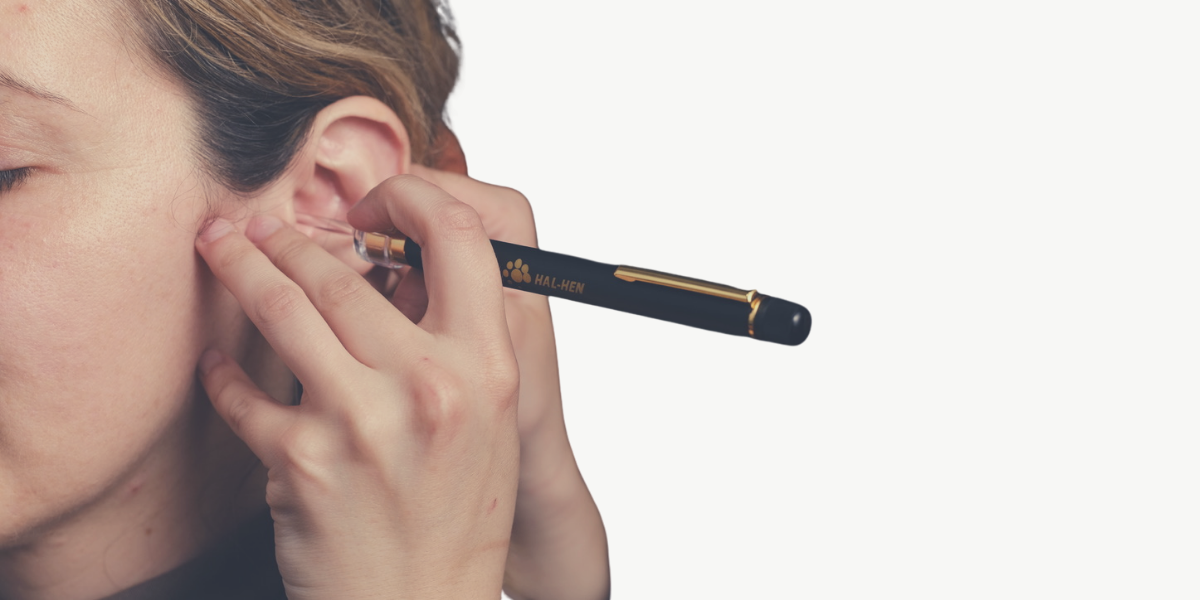The Reprocessing Cycle
Any equipment that comes into contact with bodily fluids needs to be reprocessed for reuse with cleaning (i.e. sanitizing) and sterilization. Sterilization, disinfection, and sanitization are three terms that are frequently used in clinical settings. For many, these terms are confusing and confounding and, as a result, are used interchangeably. This can create hazards in a clinical environment. The FDA recommends using the term reprocessing. Their reasoning is that reprocessing is a “detailed, multistep process to clean and then disinfect or sterilize…” equipment. Reprocessing can be thought of as the safest way to prepare a tool or device for subsequent use. Every piece of equipment which is not a single-use product should have a reprocessing method that the manufacturer recommends.
The Paradox with Reprocessing Impression Tools
In hearing care, any equipment that comes into contact with bodily fluids must be reprocessed using cleaning and sterilization or, alternatively, must be disposed of. The ear canal contains cerumen which is made of bodily secretions among other substances and may contain blood. Most tools in audiology are designed to easily adhere to infection control guidelines. For example, ear inserts for audiometry are single-use and must be discarded between patients. In contrast, a stainless steel ear speculum commonly used with a microscope or head loupe during cerumen management is reprocessed with cleaning and then sterilization. Some tools used in impression-taking illustrate an infection control paradox, as they do not allow for appropriate reprocessing yet are not designated as single-use and disposable. This is a big oversight in our field! Below are two common examples.
The Earlite
An earlite absolutely needs to be reprocessed between clients. It enters the ear and could come into contact with bodily fluids and cerumen which has the potential to carry blood. As such you need to conduct reprocessing appropriate for a semi-critical instrument.
Disinfection is the appropriate and adequate process for the battery and light source, but what about the lighted end or pushrod that enters the ear? Technically, the pushrod might not require sterilization if it does not touch the ear canal at all, nor any cerumen or other debris in the canal. The probability of assuring that won’t happen is low, so we highly encourage sterilization to be a part of the reprocessing. The problem here is that so far, all of the reusable earlites we have encountered come without reprocessing instructions or come with a manufacturer statement saying that they are not suitable for sterilization. This leaves the healthcare provider no suitable reprocessing option between clients.

Earlite position during otoblock placement, which cannot guarantee a lack of contact between the pushrod and bodily fluids.
The Safest Bet: Go Disposable!
The Bionix lighted placement tool offers a single-use disposable option that solves this problem. In addition to some other great features like a depth gauge and detachable magnification lens, this is the only earlite tip we have found which satisfies the need to either offer reprocessing instructions or admit that it is a single-use product.

The Impression Syringe
Much like with the earlite, the outer part of the syringe (a.k.a. the barrel) will almost inevitably come in contact with the ear canal wall and hence some bodily fluid. It, therefore, requires sterilization, not just disinfection, to be reprocessed. Some syringes like the Professional Syringe, can withstand cold sterilization, however, it is our experience that these do not come with reprocessing instructions, and as such are not intended to be sterilized. There are fully disposable syringes, however, these can be quite costly and are usually lacking quality features like gaskets on the plunger.

The placement of a syringe during impression-taking will likely com in contact with the ear canal.
Fear Not! There are solutions!
The Best Syringe from Westone Labs is a reusable low-cost syringe that uses standard disposable otoscope specula that you would already have in the clinic. This reduces waste compared to a fully disposable syringe and removes the guesswork of attempting to reprocess a tool that was not intended to be sterilized.

Another great solution is the disposable syringe extension tip, which can fit over the most common syringes used, including the very popular Professional Syringe. This disposable barrier prevents direct contact between the tip of the syringe barrel and the ear canal or cerumen, removing the need for sterilization.
References
- U.S. Food & Drug Administration. U.S. Department of Health and Humans ServicesCensus Bureau. Bureau of Economic Analysis. (2015, March). Guidance Document: Reprocessing Medical Devices in Health Care Settings: Validation Methods and Labeling, Guidance for Industry and Food and Drug Administration Staff (Docket Number FDA-2011-D-0293). Retrieved from https://www.fda.gov/regulatory-information/search-fda-guidance-documents/reprocessing-medical-devices-health-care-settings-validation-methods-and-labeling
- U.S. Food & Drug Administration. (2018, March). Reprocessing of Reusable Medical Devices. Retrieved from https://www.fda.gov/regulatory-information/search-fda-guidance-documents/reprocessing-medical-devices-health-care-settings-validation-methods-and-labeling




